The National Literacy Mission with an intention to eradicate illiteracy throughout the country has launched more than 420 district total literacy campaigns. The Akshara Tapasman programme (TLC) of the Chittoor district is one among them and aimed to cover 6.25 lakhs illiterates in the age group of 9-35 years. The NFE target group i.e. 9-14 years were also included in order to stop the future inflow of illiterates in the area of adult education and also to provide a second chance for them to enter into the formal and non-formal stream of the education at multiple entry points. Inspite of this twin target i.e. 9-14 years and 15-35 years, the common strategy of using same materials and methods were adopted. In view of the above, the present study was formulated to understand the intentions of the children for enrolment and dropout, suitability of the learning materials, their performance in literacy individually and also in comparison with formal (class III and IV) and non-formal education (stage II & III) children. In addition to the above, the volunteers attitude and efficiency, the relationship between children characteristics and achievement was also attempted. The findings of the study will be helpful to suggest an appropriate entry point for this children into the formal and non-formal system of education. The efficiency of the programme can be improved by knowing the childrens intentions and hindrance for their participation by strengthening the positive aspects and by reducing the deterrents respectively. The performance of the childrens and the knowledge of the factors promoting the same, will enhance the quality of the programme. Further the functionaries attitude and efficiency can also be enhanced by knowing their present level and by improving the same through pre-service and in-service training programmes. The present book consisted of 6 chapter. Chapter one introduction deals with the a brief description of the present day trends in adult education and the various factors involved in implementation of programme. The review of literature (chapter II) briefly reviews the evaluation studies of TLC and identify the gaps in this area. The chapter III states problem of the study, objectively, hypothesis etc. The method of investigation constitutes chapter IV of the book. This chapter describes the method of the development of tools, study area, sample, data collection. The chapter V analysis and interpretation of data possess six sections, viz., motives of the children, causes of the drop-outs. Suitability of learning materials, ATP childrens achievement in literacy and related factors, NFE childrens achievement in literacy and related factors, standard of literacy possessed by the formal school children and related factors, comparative possessions of literacy among three groups, volunteers attitude and related factors and strength and weakness of the programme. The final chapter VI summary and conclusion briefly describes the present work. The book will be highly beneficial reference text for teachers, educators, policy makers and all concerned.
Total Literacy Campaign for Out-of-School Children
In stock
Free & Quick Delivery Worldwide
reviews
Bibliographic information
Title
Total Literacy Campaign for Out-of-School Children
Author
Edition
1st Ed.
Publisher
ISBN
8176483931
Length
xiv+146 p., Tables; 23cm
Subjects

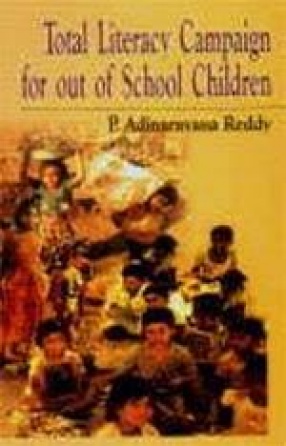
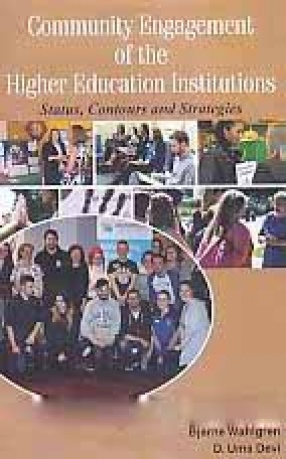
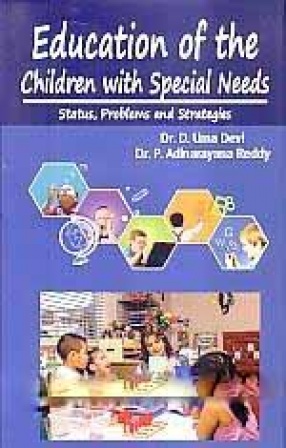

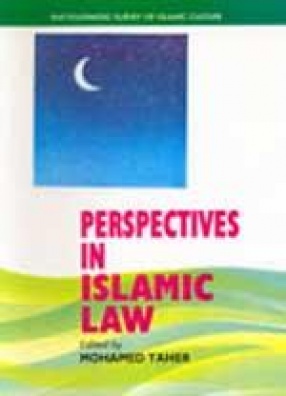
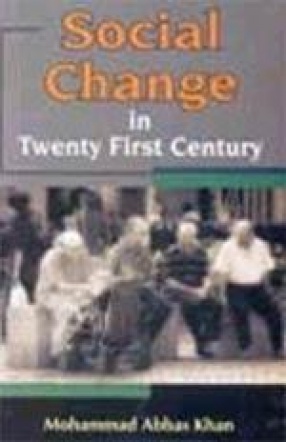
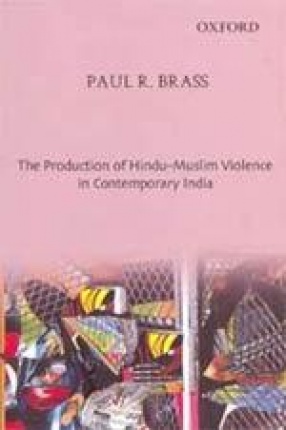
There are no reviews yet.